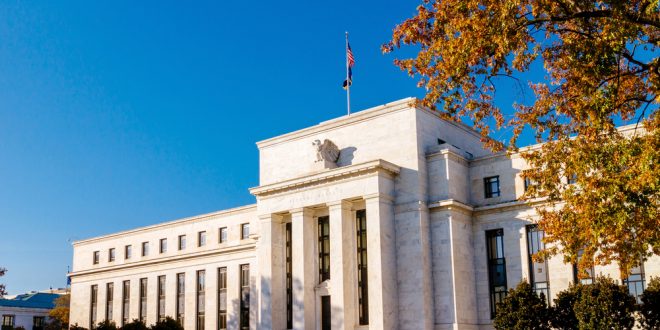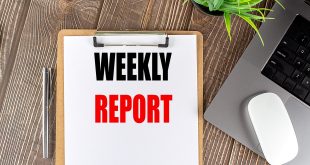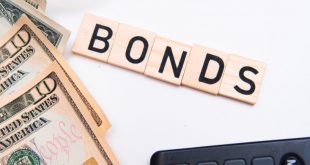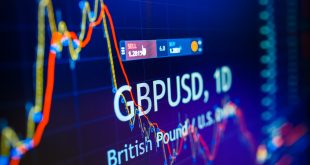The United States Federal Reserve now has a clearer focus on the American economy’s path to recovery, Reuters reported, citing official sources.
There is also optimism that the peaceful transition of power to a new administration on January 20 will help increase government stimulus and the distribution of vaccines, which could help the economy in the face of the Coronavirus pandemic.
The Fed is expected to maintain its current policies, with the near 0% interest rates to remain in place until 2023.
The President of the Federal Reserve Bank of Dallas, Robert Kaplan, recently said that he expects an expansion in vaccine rollout boosting the economy in 2021.
This could help the Fed take back some of its unprecedented easing policies.
“We should be as aggressive as we can be while we are in the teeth of this pandemic, until we are convinced that we have weathered this pandemic.”
According to Kaplan, later this year is the right time to discuss how to taper the easing policies and the asset purchases by the Fed.
“I think it’s a healthier for the U.S. economy and for markets to wean off these extraordinary actions and this extraordinary stimulus.”
Kaplan expects the economy to face challenging months amid a new wave of the pandemic.
Nonetheless, the American gross domestic product (GDP) is expected to expand by 5% this year, with the unemployment rate declining to 4.75% from a current 6.7%.
The President of the Federal Reserve Bank of Boston, Eric Rosengren, said earlier today that the asset purchases are likely to continue until the economy is on a stronger economic footing, expecting it to last until the end of 2021.
It is worth noting that the asset purchases by the Fed currently amount to $120 billion per month.
“We’re continuing to buy long-term securities, that is to try to push down long-term rates. I expect it to be a little while before we’re even talking about tapering on our purchases.”
“With substantial fiscal and monetary support, I expect a robust recovery starting in the second half of this year.”
On the other hand, Rosengren does not see inflation reaching the 2% target rate during the next two years.
Meanwhile, the Fed is expected to maintain the historically low interest rates for two and a half more years.
It is now expected that an interest rate hike could take place by the second half (H2) of 2023, supported by increased government stimulus and a rise in the inflation rate, based on the recent Eurodollar futures contracts trading data.
Recently, The U.S. Federal Reserve Vice Chair Richard Clarida said that the distribution of Coronavirus vaccines is improving the outlook for the American economy in 2021.
Similarly, The President of the Federal Reserve Bank of Philadelphia, Patrick Harker, recently revealed that he expects the Fed to continue with its bond buying activity at least until the end of 2021.
Moreover, Harker said that due to the resurgence of the Coronavirus pandemic with a new wave, economic growth could turn negative during the first quarter (Q1) of the year.
Harker further noted that the vaccination rate in the U.S. has been incredibly disappointing so far.
The Fed vowed in its last policy statement of 2020 to support the economy until it recovers from the Coronavirus crisis.
 Noor Trends News, Technical Analysis, Educational Tools and Recommendations
Noor Trends News, Technical Analysis, Educational Tools and Recommendations





